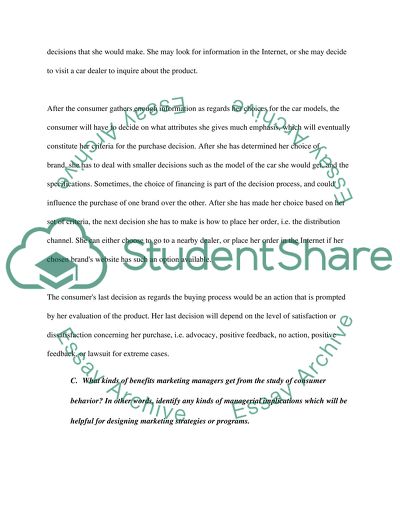Cite this document
(“Marketing Essay Example | Topics and Well Written Essays - 2500 words - 21”, n.d.)
Marketing Essay Example | Topics and Well Written Essays - 2500 words - 21. Retrieved from https://studentshare.org/miscellaneous/1552269-marketing
Marketing Essay Example | Topics and Well Written Essays - 2500 words - 21. Retrieved from https://studentshare.org/miscellaneous/1552269-marketing
(Marketing Essay Example | Topics and Well Written Essays - 2500 Words - 21)
Marketing Essay Example | Topics and Well Written Essays - 2500 Words - 21. https://studentshare.org/miscellaneous/1552269-marketing.
Marketing Essay Example | Topics and Well Written Essays - 2500 Words - 21. https://studentshare.org/miscellaneous/1552269-marketing.
“Marketing Essay Example | Topics and Well Written Essays - 2500 Words - 21”, n.d. https://studentshare.org/miscellaneous/1552269-marketing.


